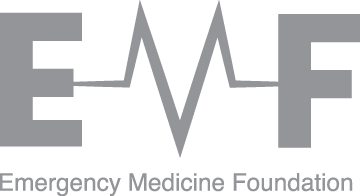
Emergency department models of care in Queensland
August 2019
By understanding the models of care used in Queensland emergency departments, clinicians are helping to improve patient care.
EMF awarded a Project grant to Emergency Staff Specialist, Dr Anthony Bell, to lead a study evaluating the various models of care that Queensland emergency departments had adopted following the introduction of the Queensland Activity Based Funding (ABF) model.
In Queensland, 37 public hospitals are funded through the ABF model, with hospitals paid for the number and mix of patients they treat: if a hospital treats more patients, or more complex patients, it receives more funding.
Dr Bell said with the change in funding models, many emergency departments introduced a range of innovative models of care to sustain the quality and safety of the care of the patients and staff.
“No one knew how these models reflected the needs of patients or related to each other or to emergency department performance,” Dr Bell said. “By understanding the different models in use we can more accurately compare different departments and make informed decisions regarding the safety, clinical effectiveness and cost-effectiveness of models as well as where and how improvements in care delivery can progress. This helps us understand the relationship between funding and outputs such as staffing levels, skill mix and emergency department bed numbers.”
Led by Dr Bell, a research team undertook a retrospective study of 20 public hospital emergency departments in Queensland for 2013-2014. The team identified substantial variation in resourcing service delivery, with “an extensive array of models of care”.
Dr Bell recommended a more uniform approach to care delivery in Queensland emergency departments; however, further research was needed to identify the best model(s) to adopt.
“We saw models of care with real promise which haven’t been taken up across the State,” said Dr Bell. “We suspect that models targeting patients from aged care facilities or the frail elderly could provide the next wave of implementation for Queensland emergency departments.”
The research was published as the lead article in the August 2019 edition of the Australian Health Review.
SHARE



